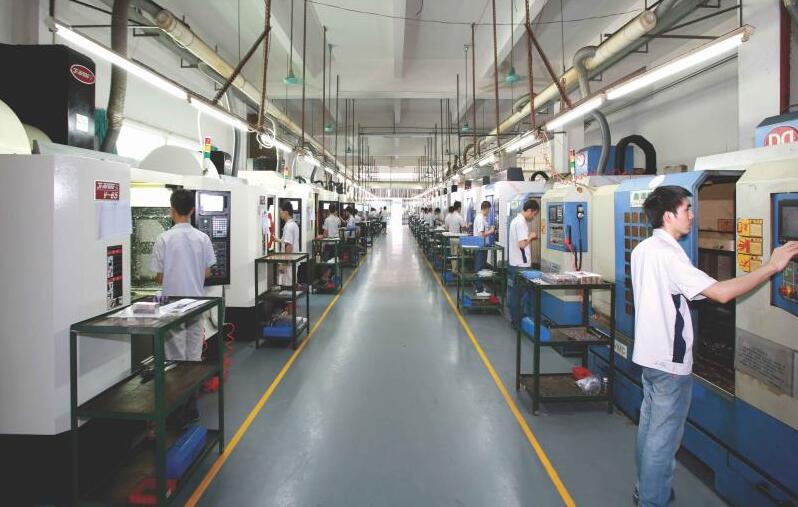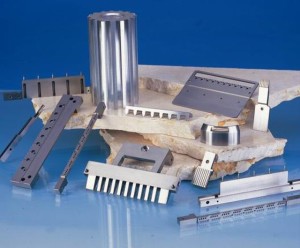In metal machining, high temperature alloy is also called heat-resisting alloy. Because of its good strength, thermal stability and fatigue resistance, it can work under high temperature and has been widely used. And the poor cutting performance of high temperature alloy is due to large plastic deformation, large cutting force , high cutting temperature and severe cold hardening .Next we will introduce in details how to turn high temperature alloy in metal machining.
1. High temperature alloy turning tool.
When turning high temperature alloy with ordinary high speed steel, the tool durability is very low. If we use high vanadium, high carbon, aluminum and cobalt high speed steel , the tool durability will be relatively high. For turning high temperature alloy, the main tool material is cemented carbide. And we should select the YG type cemented carbide with fine grained or ultrafine particles .
In turning ,the rake angle of cemented carbide cutting tool is 10° or so commonly and the precision angle is 0°—5°. Because the cutting processability of casting high temperature alloy is worse, the rake angle should be smaller, about 0°.And the front blade form is mostly linear circular arc and circular arc for better chip breaking effect. Because the machining hardening of high temperature alloy is serious, so we must keep blade edge and do not allow to have flaw such as serrated edge.
2.Cutting amount.
When turning high temperature alloy ,it also has the cutting speed corresponding to the optimum cutting temperature. When using carbide turning tool to cutting high temperature alloy ,the speed is (10 – 60) m/min. When casting high temperature alloy, we should adopts low cutting speed . And the cutting speed is relatively higher for the deformed high temperature alloy. For rough turning ,the cutting depth is (3 – 7) mm ,and the cutting depth is(0.2—0.5) mm for fine turning . To avoid cutting on hardened layer, the feed amount should be greater than 0.1mm/r.
3.Cutting fluid.
When turning high temperature alloy, cutting fluid should be used to reduce the cutting temperature by about 25%. Water solution should be used for high speed steel cutters. Emulsion or extreme pressure cutting oil should be used for cemented carbide cutters. And sulfur-containing extreme pressure cutting fluid should not be used in nickel-base high temperature alloy to avoid stress corrosion and reduce fatigue strength.
4.Suggestions in turning.
First, cemented carbide should be used as much as possible for turning high temperature alloy .Second, we should pay attention to the grinding quality of cutter, making the surface roughness of each blade less than 0.4mm .Third, in order to avoid cutting on the hardened layer, the cutting depth should be greater than 0.2mm and the feeding amount should be greater than 0.1mm/r.Then, in order to keep the blade sharp and reduce the hardening, the standard of tool sharpening should be less than 0.2mm.Finally, When cutting with high speed steel cutter, the cutter should not stay on the cutting surface to prevent hardening of the cutting surface and bring difficulties to the next cutting.


